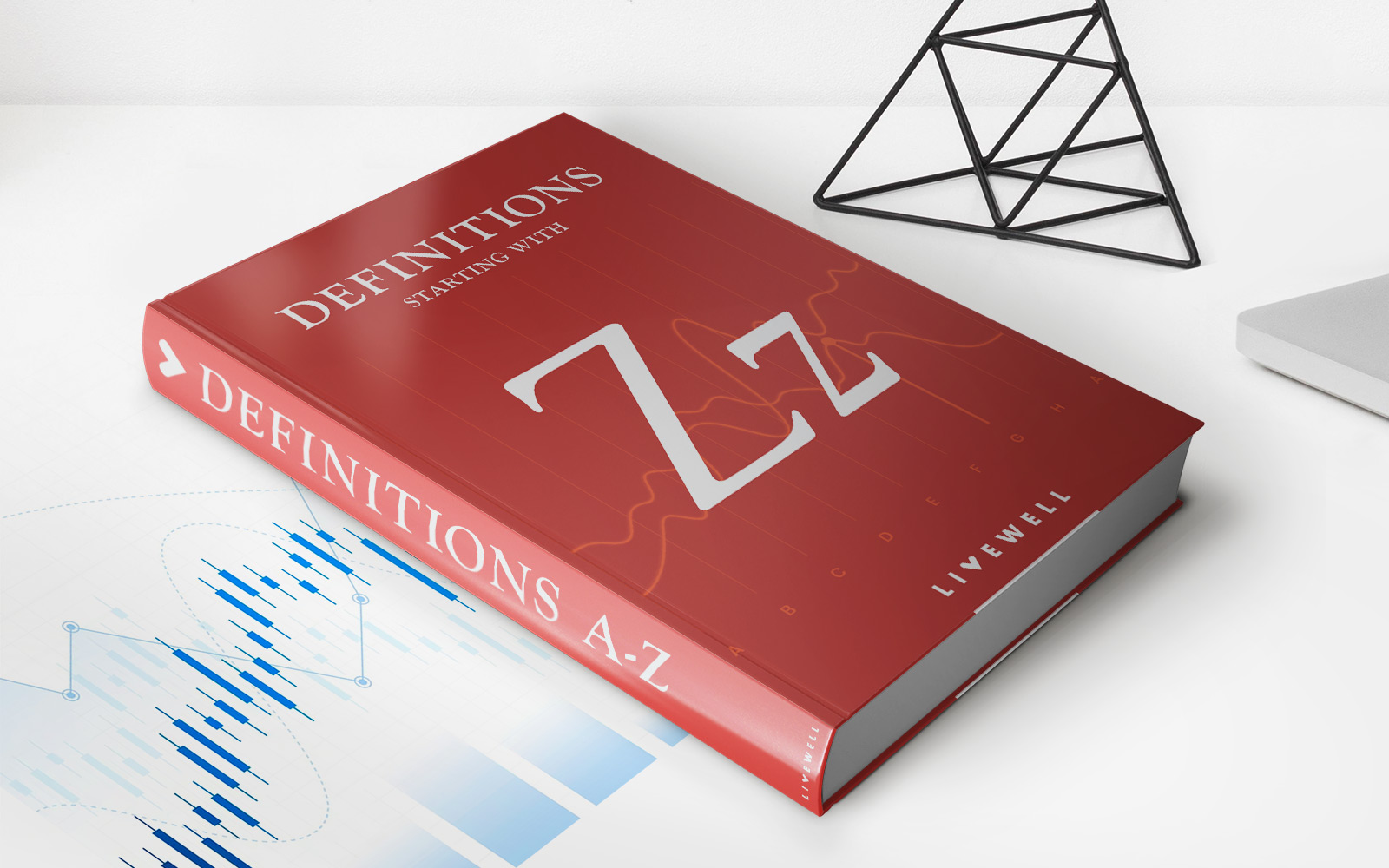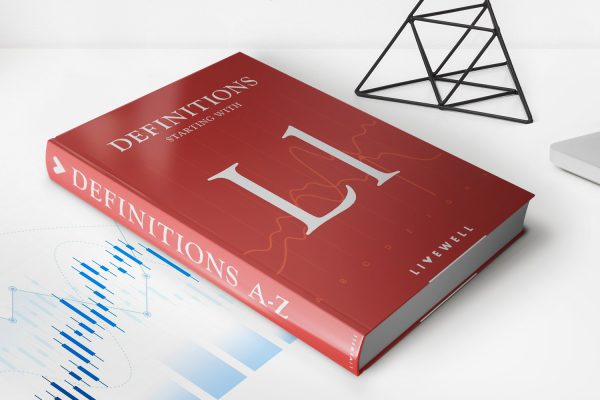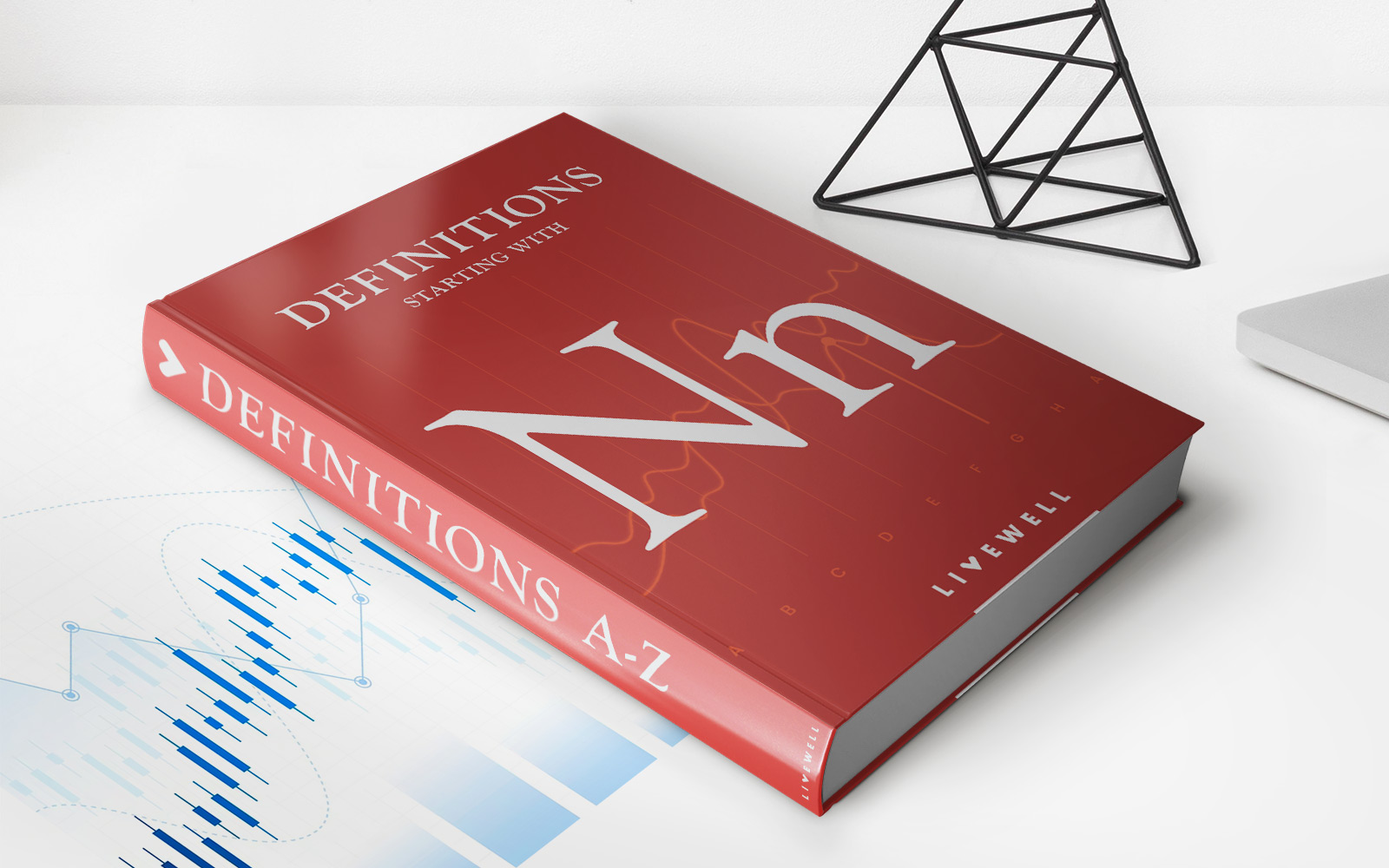

Finance
When Buying A Car, What Does APR Mean?
Published: March 3, 2024
When buying a car, understanding APR is crucial. Learn what APR means and how it impacts your car finance decisions. Discover the importance of APR in car buying.
(Many of the links in this article redirect to a specific reviewed product. Your purchase of these products through affiliate links helps to generate commission for LiveWell, at no extra cost. Learn more)
Table of Contents
Introduction
Understanding the Importance of APR When Buying a Car
When you decide to purchase a car, whether it's a brand-new model or a reliable used vehicle, you're likely to encounter the term "APR." Understanding what APR means and its significance in the car-buying process can empower you to make informed decisions and potentially save money in the long run.
Buying a car is a significant financial commitment for many individuals and families. It's not only about selecting the make and model; the financial aspects, including the loan terms and interest rates, play a crucial role in the overall cost of ownership. This is where the Annual Percentage Rate (APR) comes into the picture.
In this article, we will delve into the concept of APR, demystify its calculation, and explore why it matters when purchasing a car. By gaining insights into the distinction between APR and the interest rate, you can navigate the car-buying process with confidence. Additionally, we will provide practical tips on securing the best APR for your car purchase, ultimately aiding you in making a well-informed financial decision. So, let's embark on this journey to unravel the significance of APR in the context of buying a car.
What is APR?
APR, or Annual Percentage Rate, is a crucial factor in the realm of borrowing and lending. Specifically, when you seek financing for a car purchase, the APR represents the annual cost of the funds borrowed, including the interest and certain fees, expressed as a percentage. In essence, it provides a comprehensive view of the total cost of the loan, enabling consumers to compare and evaluate different financing options.
Unlike the nominal interest rate, which solely reflects the interest charged on the loan amount, the APR encompasses additional expenses, such as origination fees, points, and other charges imposed by the lender. By considering these supplementary costs, the APR offers a more accurate representation of the actual annualized cost of borrowing. This holistic perspective empowers consumers to make well-informed decisions when selecting a financing package for their car purchase.
It’s important to note that the APR serves as a standardized metric, allowing borrowers to assess and compare loan offers from various financial institutions. Whether you’re exploring auto loans from banks, credit unions, or online lenders, understanding the APR associated with each offer is fundamental in determining the most cost-effective and suitable option for your specific financial circumstances.
How is APR Calculated?
Calculating the APR involves a meticulous process aimed at encapsulating the total cost of borrowing into a single annualized percentage. The formula for determining the APR incorporates not only the interest rate but also any additional fees or charges levied by the lender. This comprehensive approach ensures that the APR reflects the true expense of the loan, thereby enabling borrowers to make well-informed financial comparisons.
When computing the APR for a car loan, the lender considers various components, including the nominal interest rate, loan origination fees, discount points, and certain closing costs. By factoring in these elements, the APR provides a more comprehensive representation of the borrowing expenses, allowing consumers to gauge the overall affordability of the loan. This holistic approach is particularly valuable when comparing financing options from different lenders, as it enables individuals to discern the total cost implications associated with each offer.
It’s important to recognize that the methodology for calculating APR adheres to regulatory standards, ensuring transparency and consistency in the disclosure of borrowing costs. By standardizing the computation process, regulators aim to facilitate informed decision-making among consumers, empowering them to navigate the lending landscape with clarity and confidence.
Ultimately, understanding how APR is calculated equips individuals with the knowledge needed to assess the true cost of borrowing when obtaining financing for a car purchase. By embracing this insight, consumers can make informed choices, selecting loan options that align with their financial goals and preferences.
Why Does APR Matter When Buying a Car?
APR holds significant relevance in the context of purchasing a car due to its profound impact on the overall cost of financing. When you secure a car loan, the APR directly influences the total interest expenses incurred over the loan’s duration. A lower APR translates to reduced borrowing costs, potentially saving you a substantial amount of money throughout the repayment period.
Moreover, the APR plays a pivotal role in determining the affordability of the car loan. By encompassing not only the interest rate but also additional fees, the APR offers a comprehensive perspective on the borrowing expenses. This empowers consumers to assess the true cost implications of the loan, enabling them to make well-informed decisions aligned with their financial capabilities and objectives.
Furthermore, the APR directly influences the monthly payments on the car loan. A lower APR typically results in more manageable monthly installments, contributing to improved financial stability for the borrower. Conversely, a higher APR can lead to elevated monthly payments, potentially straining the individual’s budget and financial well-being.
Additionally, the impact of APR extends beyond the initial loan terms. When evaluating different financing offers, considering the APR allows consumers to gauge the long-term affordability and cost-effectiveness of each option. This holistic assessment is instrumental in selecting a car loan that not only meets immediate funding needs but also aligns with the borrower’s financial objectives over the loan’s entire lifespan.
Ultimately, the significance of APR when buying a car lies in its capacity to shape the overall cost, affordability, and financial implications of the car loan. By comprehending the influence of APR, consumers can navigate the car-buying process with clarity, striving to secure favorable financing terms that optimize their financial well-being.
Understanding the Difference Between APR and Interest Rate
While the terms “APR” and “interest rate” are often used interchangeably, it’s essential to recognize the nuanced disparities between these two concepts, as they hold distinct implications for borrowers seeking car financing.
The interest rate represents the cost of borrowing the principal amount, expressed as a percentage of the loan. It solely pertains to the interest charges accrued on the borrowed funds and does not encompass additional fees or expenses. In contrast, the APR encapsulates the comprehensive cost of the loan, encompassing not only the interest rate but also certain fees and charges imposed by the lender. This fundamental distinction underscores the holistic nature of the APR, offering borrowers a more inclusive portrayal of the borrowing expenses.
When evaluating car loan offers, borrowers may encounter situations where the interest rate appears enticing, yet the APR reveals a more comprehensive and potentially less favorable cost structure. This scenario underscores the significance of considering both the interest rate and the APR when assessing loan options. While a lower interest rate may initially seem advantageous, the presence of substantial fees and expenses can elevate the APR, ultimately impacting the overall affordability and desirability of the loan.
Furthermore, the APR serves as a standardized metric for comparing loan offers from different lenders. By accounting for the total borrowing costs, including any associated fees, the APR enables borrowers to make informed and equitable comparisons, facilitating the selection of the most cost-effective and suitable financing package for their car purchase.
Ultimately, understanding the disparity between the APR and the interest rate empowers consumers to navigate the car financing landscape with clarity and discernment. By embracing this insight, borrowers can make informed decisions, selecting loan options that align with their financial objectives and preferences, while considering the comprehensive cost implications associated with each offer.
How to Get the Best APR When Buying a Car
Securing the best Annual Percentage Rate (APR) for your car loan is pivotal in optimizing the overall cost and affordability of your vehicle purchase. To enhance your prospects of obtaining a favorable APR, consider the following strategies:
- Enhance Your Credit Profile: Prior to applying for a car loan, strive to bolster your credit score by addressing any outstanding debts, ensuring timely bill payments, and rectifying any inaccuracies on your credit report. A strong credit profile is often instrumental in securing more favorable APR offers.
- Compare Offers from Multiple Lenders: Explore car loan options from diverse financial institutions, including banks, credit unions, and online lenders. By soliciting and comparing multiple offers, you can identify competitive APR rates and favorable loan terms, ultimately empowering you to make an informed decision.
- Consider a Co-Signer: If your credit history is less than optimal, leveraging a co-signer with a strong credit profile may enhance your eligibility for a lower APR. A co-signer effectively shares the responsibility for the loan and can bolster your prospects of securing a more favorable financing package.
- Opt for a Shorter Loan Term: While longer loan terms may seem appealing due to lower monthly payments, they often entail higher APR rates. Opting for a shorter loan term can potentially lead to a lower APR, reducing the overall interest expenses incurred over the loan’s duration.
- Negotiate with Lenders: Engage in proactive discussions with lenders to negotiate the APR and loan terms. Demonstrating a strong credit profile and a comprehensive understanding of your financial position can strengthen your bargaining position, potentially leading to more favorable APR offers.
- Utilize Manufacturer Financing Incentives: Many car manufacturers and dealerships offer financing incentives, including promotional APR rates for qualified buyers. Stay informed about such offerings and leverage them to secure a competitive APR for your car purchase.
By implementing these strategies and conducting thorough research, you can enhance your prospects of securing a favorable APR for your car loan, ultimately optimizing the financial aspects of your vehicle purchase.
Conclusion
As you embark on the journey of purchasing a car, understanding the significance of Annual Percentage Rate (APR) is paramount in making informed financial decisions. The APR serves as a comprehensive metric, encapsulating the total cost of borrowing, including the interest rate and certain fees, thereby enabling consumers to compare and evaluate different financing options effectively.
By comprehending how APR is calculated and its impact on the overall cost of financing, you can navigate the car-buying process with clarity and discernment. Recognizing the distinction between APR and the interest rate empowers you to make equitable comparisons among various loan offers, ultimately aiding in the selection of a financing package that aligns with your financial goals and preferences.
Furthermore, by implementing strategies to secure the best APR for your car loan, such as enhancing your credit profile, comparing offers from multiple lenders, and leveraging manufacturer financing incentives, you can optimize the affordability and overall cost implications of your vehicle purchase.
Ultimately, the knowledge and insights gained regarding APR can empower you to make well-informed decisions, ensuring that the financial aspects of your car purchase are aligned with your long-term objectives and financial well-being. By leveraging this understanding, you can embark on your car-buying journey with confidence, striving to secure favorable financing terms and optimize the overall affordability of your vehicle acquisition.














